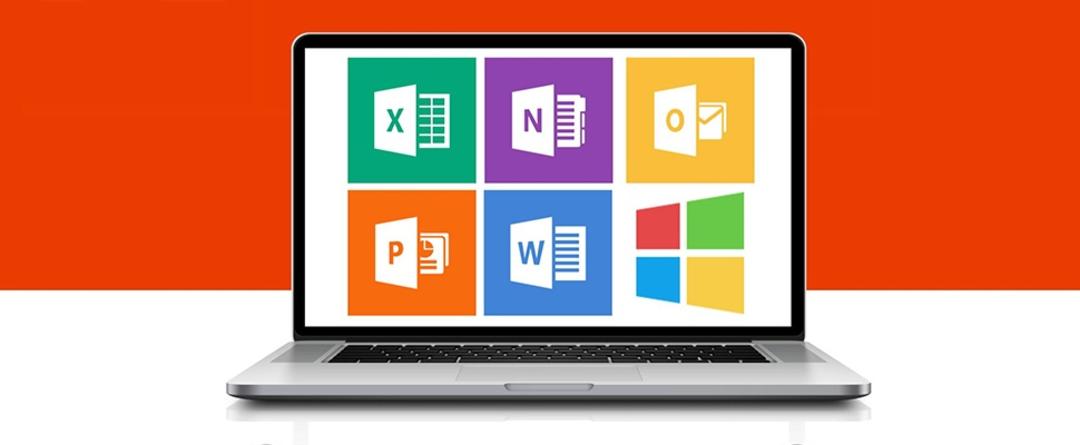If your laptop has been around for a while, it may be making a lot of noise. This could be due to dust in the enclosure or lack of adequate cooling. This is how you fix a noisy laptop problem.
1. Close running processes
If your laptop is making a lot of noise, it is usually the result of a cooling system trying to cool the overworked processor. To help him, you can manually close the processes running on the system and even prevent them from running again when you start the laptop. This way you relax the CPU and the cooling doesn’t have to do much work.
To do this, we open the Microsoft System Configuration. Windows 10 and Windows 11 users can simply choose msconfig he is writing. Then go to tab To startclick open task manager and uncheck any programs you don’t want to start when you turn on the laptop. Parties like Apple and Adobe have a knack for starting their software automatically, but you can block QuickTime and Adobe Reader just fine.

Close the window and the next time you start your laptop, the processor will be less busy opening these programs (and running in the background).
2. Great cleaning
Especially if your laptop is a few years old, a lot of dust will accumulate inside. With a desktop computer, it is of course easy to open the case and clean the dust, but with a laptop you need to work a little more carefully. It still works because your laptop will become noticeably quieter. The fan needs to run a lot less without that fabric blanket.
note: Only open your laptop if you have experience with it and are sure that it will not affect the device’s warranty. Also, it is best to do the cleaning outside as it can become a dirty intent.
When you decide to open your laptop, you should first make sure you have a can of compressed air and a soft brush at home. Then turn off the laptop, remove the battery and remove the casing.

After opening, you will immediately see where the dust has accumulated. Use the aerosol to remove dust (in small short strokes) around the fan and other components. Use the brush to remove the last bits of dust from the closet. Is the whole interior clean again? Screw that thing on and enjoy a much quieter laptop.
It’s also a good idea to never put the computer in an enclosed space, such as a closet. The hot air cannot then flow, causing the parts to overheat. The cable tangle at the back also prevents the hot air from escaping properly. Tie the wires together properly so that the fans evacuate the hot air. For fastening, use, for example, Velcro, a cable spiral or a cable tie. Do not tie the wires too tightly or in too narrow a wrap: this will damage the wires and cause a short circuit.
3. External heatsink
The tips above don’t help much? Then you can always choose to connect an external cooler. These coolers are available in many price ranges and sizes. However, the process is generally the same. The cooler is placed on a plate that you click on the bottom of your laptop, which is connected to the system via a USB cable. This is especially useful when you use your laptop in a stationary location because it doesn’t exactly make your laptop thinner. While certainly not an attractive solution, an external cooler certainly does a good job of cooling your laptop and keeping it quiet.
For example, you can also use thermal paste for your processor and gpu. On older computers, this conductive material may no longer conduct heat to an upper cooling element. In this case, you need to apply a thin layer of new putty over your processor. Especially if you want to do this with a laptop, it’s very important to know exactly what you’re doing because you often have to remove quite a bit of stuff from the case to get to the processor. In any case, before opening the case, make sure that your computer is turned off and that you are statically discharged. Before applying new thermal paste, you must remove any remnants of existing thermal paste. Do this with a dust-free cloth or a coffee filter briefly soaked in isopropyl alcohol, 90% is better than 70%. Make sure all old paste is removed, wipe the processor dry, and do not touch other parts with the cloth. Then carefully apply the thermal paste to the processor. It is very important that you do not contaminate other parts of the substance. Ultimately, the idea is that you have a thin layer of new paste over the entire processor. There are several videos on YouTube explaining the process, this is one of the best.

water cooling
With water cooling, you cool your computer with water. You have all-in-one water cooling kits that will get you done in one go. Such a kit consists of a pump for pumping the water around it, hoses, a water block on which you will place, for example, the processor, radiator and fan, and a water tank. Water cooling works by pumping cold water around, which absorbs heat. The fan then cools the water again. The advantage is that water absorbs heat much better than air and therefore cools much better. Cons? Water cooling is more expensive (between 50 and 100 Euros), you run the risk of leaks and is difficult to install.
Source: Computer Totaal













